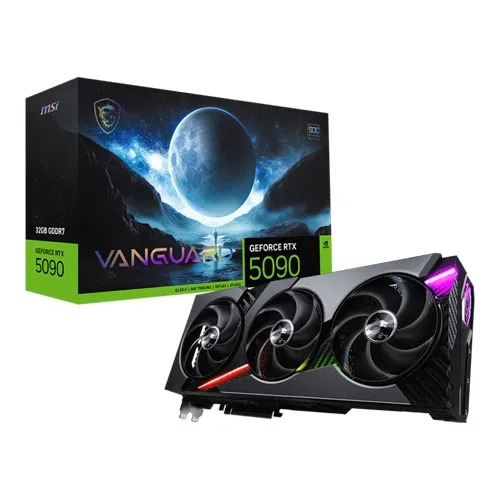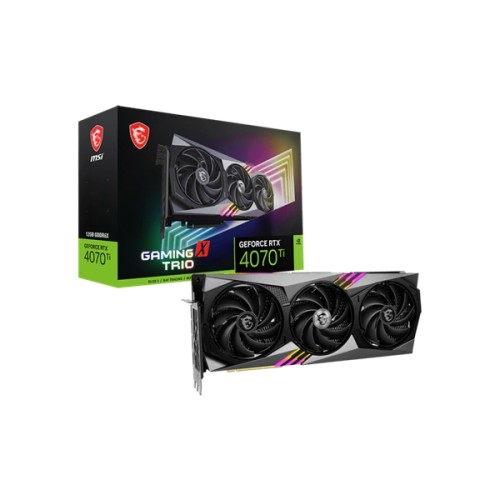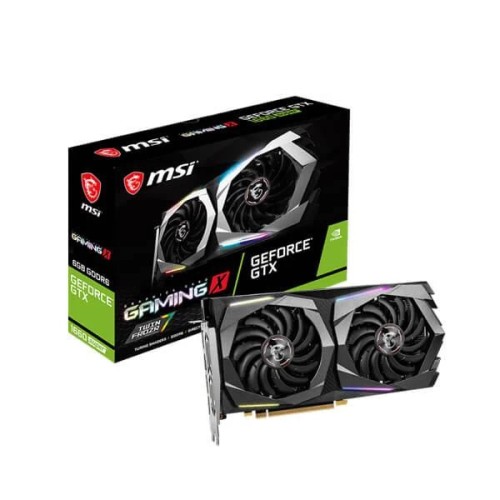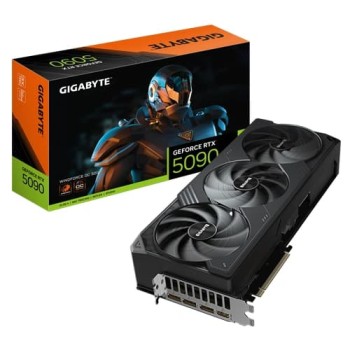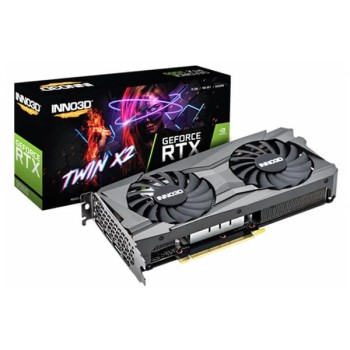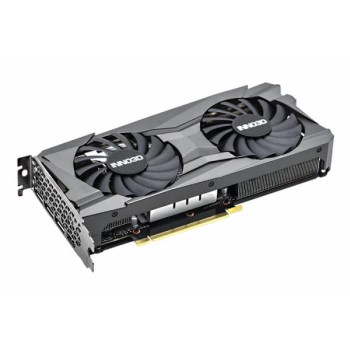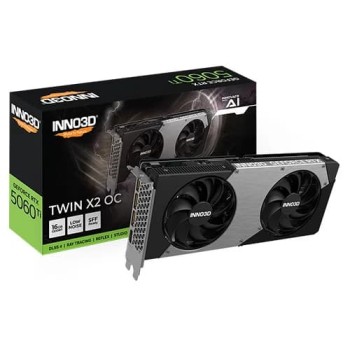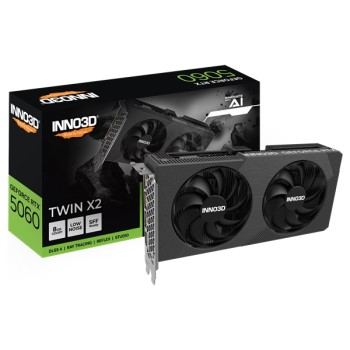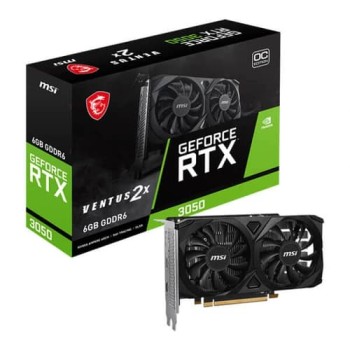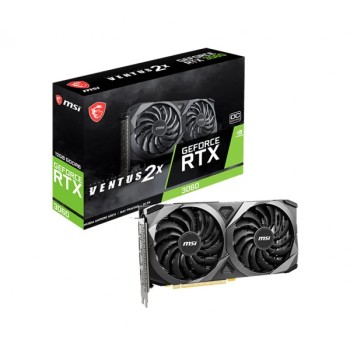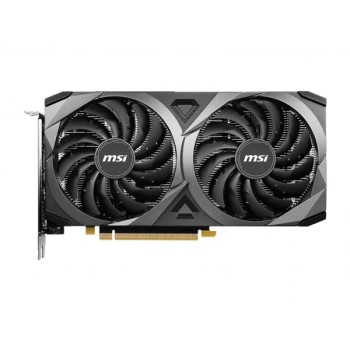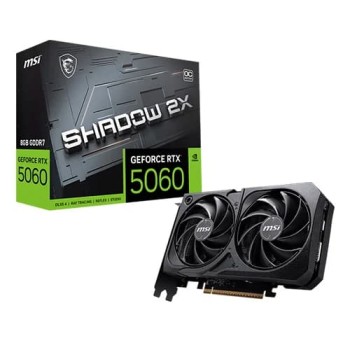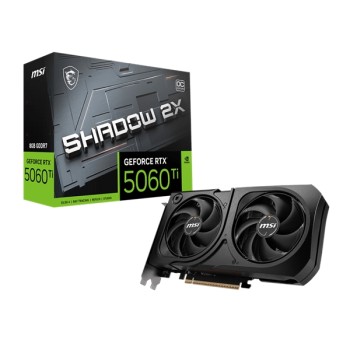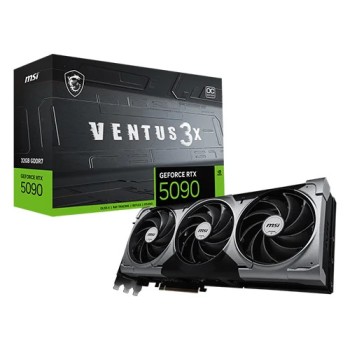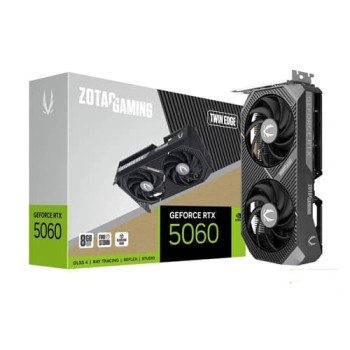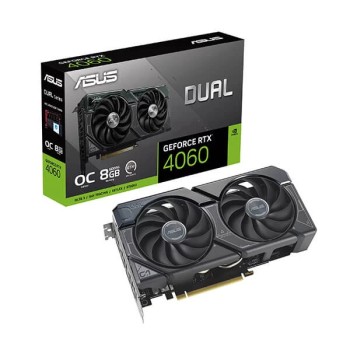Table Of Contents
- Introduction
- What is the importance of graphic cards in gaming
- How to choose the right graphic card Conclusion
Introduction
In the world of computers, graphic cards, also known as Graphic Process Units(Graphic Processing Units), have emerged as the knight in shining armor, shaping how we interact with digital content. Graphic Cards are essential in furnishing images and videos to your computer, and their capabilities and performance have an influence on gaming and professional 3D modeling to real-time simulations and video editing. Let's dive into the world of the fascinating realm of graphic cards.
What Is The Importance Of Graphic Cards In Gaming
Gaming is becoming more realistic, detailed, and comprehensive nowadays. Gamers appreciate how quickly GPU technology is becoming so advanced. A good quality graphic card can enhance or break a gaming experience, distinguishing between smooth gameplay with crisp graphics and a laggy, pixelated mess. However, graphic cards aren't just about gaming. In a professional setup, GPUs play a requisite role in tasks like animation, video editing, and any work that involves 3D modeling. Moreover, with technological advancement, virtual reality (VR), and augmented reality (AR) technologies, graphic cards create immersive experiences like never before.
How To Choose The Right Graphic Card
The GPU market is flooded with many options that can be customized per your needs and budget. You have a ton of alternatives, whether you want something incredibly cheap to enable some light surfing or an immense machine to play the most GPU-intensive games. In this article, we'll explain what to look for so you can choose the GPU that best suits your demands and budget. Integrated and discrete graphics comprise the two leading consumer graphics card categories. Since you're here, you are likely seeking a discrete (or dedicated) GPU, which this post will concentrate on. A discrete GPU is an independent device that you put inside your PC case or find built into your laptop, unlike an integrated graphics card, which is typically integrated into the CPU or at least is a part of the same system-on-a-chip (SoC). By a wide margin, Nvidia is the market leader. It manufactures GPUs for both PCs and laptops, including budget-friendly choices and high-end ones. Nvidia is frequently recognized for outperforming AMD in terms of GPU performance or, at the very least, being able to push the limits more. While Nvidia fills the void and caters to the high-end market with monstrous GPUs like the RTX 4090, AMD primarily targets the mainstream segment of the market. That is not to suggest that it lacks moderate graphics cards; nevertheless, not all of the GPUs in the lineup are priced competitively. Nvidia has had multiple generations of graphics cards over the years, but if you're shopping right now, you'll choose between its most recent RTX 40-series and the RTX 30-series. The GPUs from Nvidia are reliable for AI-related applications like machine learning gaming and content creation. Nvidia is frequently regarded as the best choice. While Nvidia receives more attention, AMD is crucial in preventing Nvidia from having a monopoly on the market. AMD has some fascinating GPUs in its lineup. Although the newer generation has somewhat blurred those borders, it is frequently the more affordable choice.
Conclusion
As we are at the apex of advancements in the world of technology like 8K display, augmented reality, ray tracing, and global illumination, GPUs are evolving to meet the loopholes head-on. Whether you are a content creator or just someone who appreciates high-definition visuals, a graphic card can be tailored to your requirements and needs. Let's dig into the world of top-notch technologies on tlggaming.com and experience the diverse visual revolution.

